Makgeolli, often described as Korea's oldest alcoholic drink, is a milky, off-white beverage that's both traditional and increasingly popular globally. It's made primarily from rice and yeast, offering a lightly sparkling drink with a unique blend of sweet, tangy, and slightly bitter flavors, while its chalky sediment and slightly dense texture distinguish it from other rice wines like sake.
Recently, a new generation of Korean entrepreneurs has been bringing makgeolli into the spotlight in Korea and worldwide. This ancient beverage, traced back to the Goryeo Dynasty, is enjoyed for its refreshing taste and relatively low alcohol content and is often paired with hearty Korean dishes, enhancing the food and the drink.
Beyond its taste, it's also known for its potential health benefits, including probiotics from the fermentation process. Whether new to this traditional drink or looking to deepen your appreciation, exploring makgeolli opens up a rich history and a vibrant present.
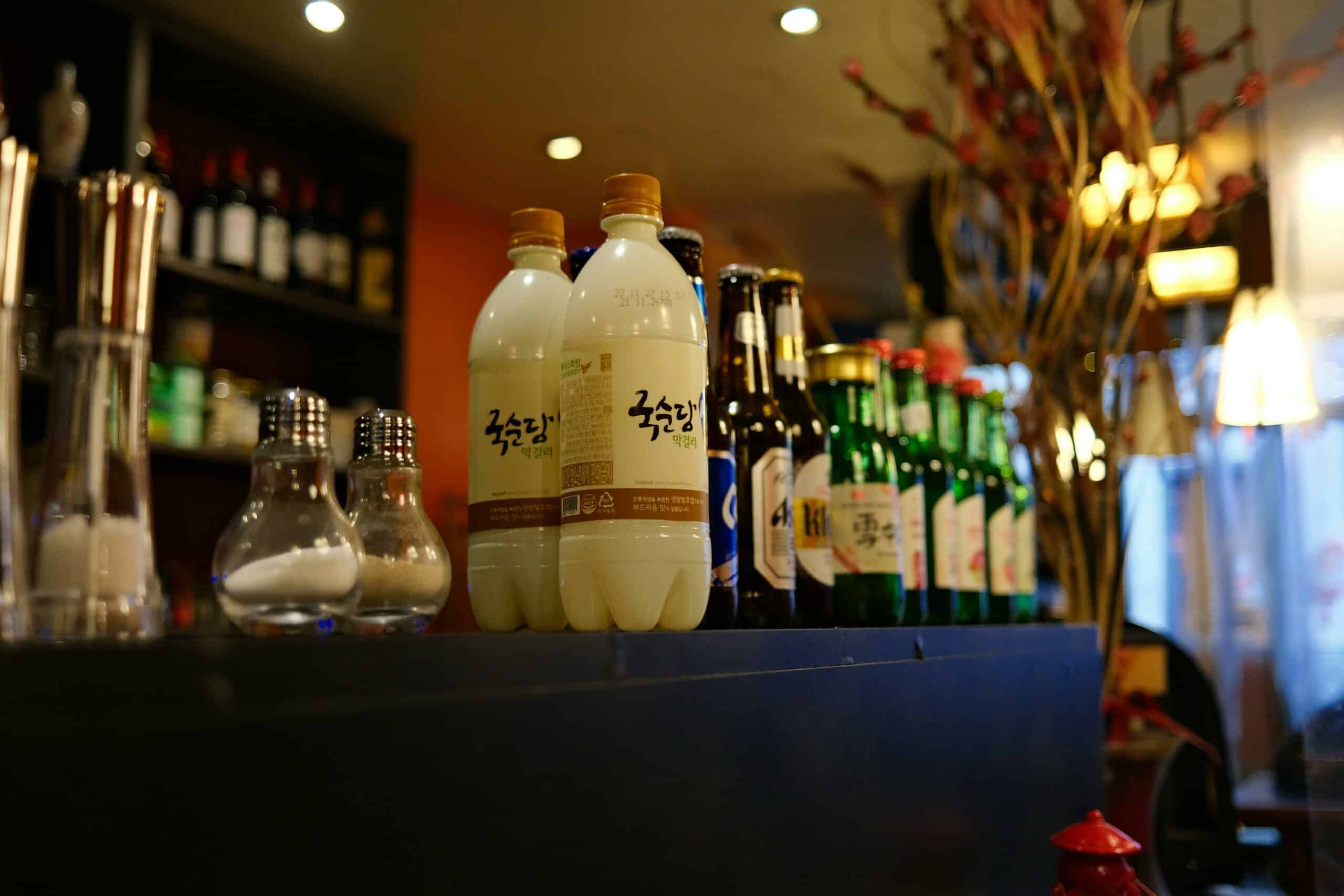
Jump to:
🍶 The Basics of Makgeolli
Defining Makgeolli
Makgeolli is a fermented rice wine commonly consumed during festivals and gatherings in Korea. It's considered one of the oldest alcoholic drinks in Korean history.
Unlike many clear alcoholic beverages, makgeolli has a distinctive milky-white color and its relatively low alcohol content, usually around 6-8% Alcohol by Volume (ABV), makes it a popular choice for social drinking. The slightly fizzy nature adds to its refreshing quality.
Ingredients and Composition
Makgeolli is made from a few simple ingredients, with rice as the primary one. Two types of rice are commonly used: short-grain sticky rice (chapssal) and non-sticky short-grain rice (maepssal).
Water is essential in the brewing process, as it combines with rice and a traditional Korean fermentation starter called nuruk, a mix of wheat and yeast, to create the unique rice wine. Nuruk plays a crucial role in initiating fermentation, which typically lasts about 10 days, allowing the mixture to transform into this distinctive beverage.
Characteristics and Texture
The final product has a creamy, slightly thick texture due to the rice particles suspended in the liquid, making makgeolli’s texture and appearance more similar to that of a diluted yogurt or heavy cream, unlike clear alcohols.
The flavor profile of makgeolli is a balance of sweet and tangy, with the natural sweetness coming from rice and the tanginess derived from fermentation. It's also mildly carbonated, adding a fizzy sensation when consumed.
This unique combination of sweet, tangy, and fizzy flavors makes makgeolli a versatile drink that can be enjoyed on its own or paired with various types of Korean food.
⌛ Historical Root of Makgeolli
Origins in Korea
Makgeolli first appeared during the Three Kingdoms Era and is known to have been linked to rituals and agriculture. Early scripts, such as the "Poetic Records of Emperors and Kings," mention rice wine as far back as 37 BCE to 19 BCE during the reign of King Dongmyeong.
Farmers created makgeolli by fermenting rice, water, and nuruk, a fermentation starter, and it became popular due to its simplicity and readily available ingredients. Originally a drink for farmers, it later gained widespread appeal across all social classes.
Evolution over Time
Over the centuries, makgeolli has undergone various changes. During the Goryeo Dynasty (918–1392), makgeolli, then known as ihwaju, was deeply integrated into many cultural practices. However, production declined during the Korean War (1950–1953) due to a scarcity of ingredients.
In recent years, there's been a resurgence of interest in this traditional beverage as modern brewers experiment with flavors and fermentation techniques, often incorporating fruits and herbs. This revival brings makgeolli back into the spotlight as a beloved traditional drink with exciting, creative twists.
Makgeolli's ability to adapt while honoring its ancient roots highlights its resilience and enduring popularity in Korean culture.
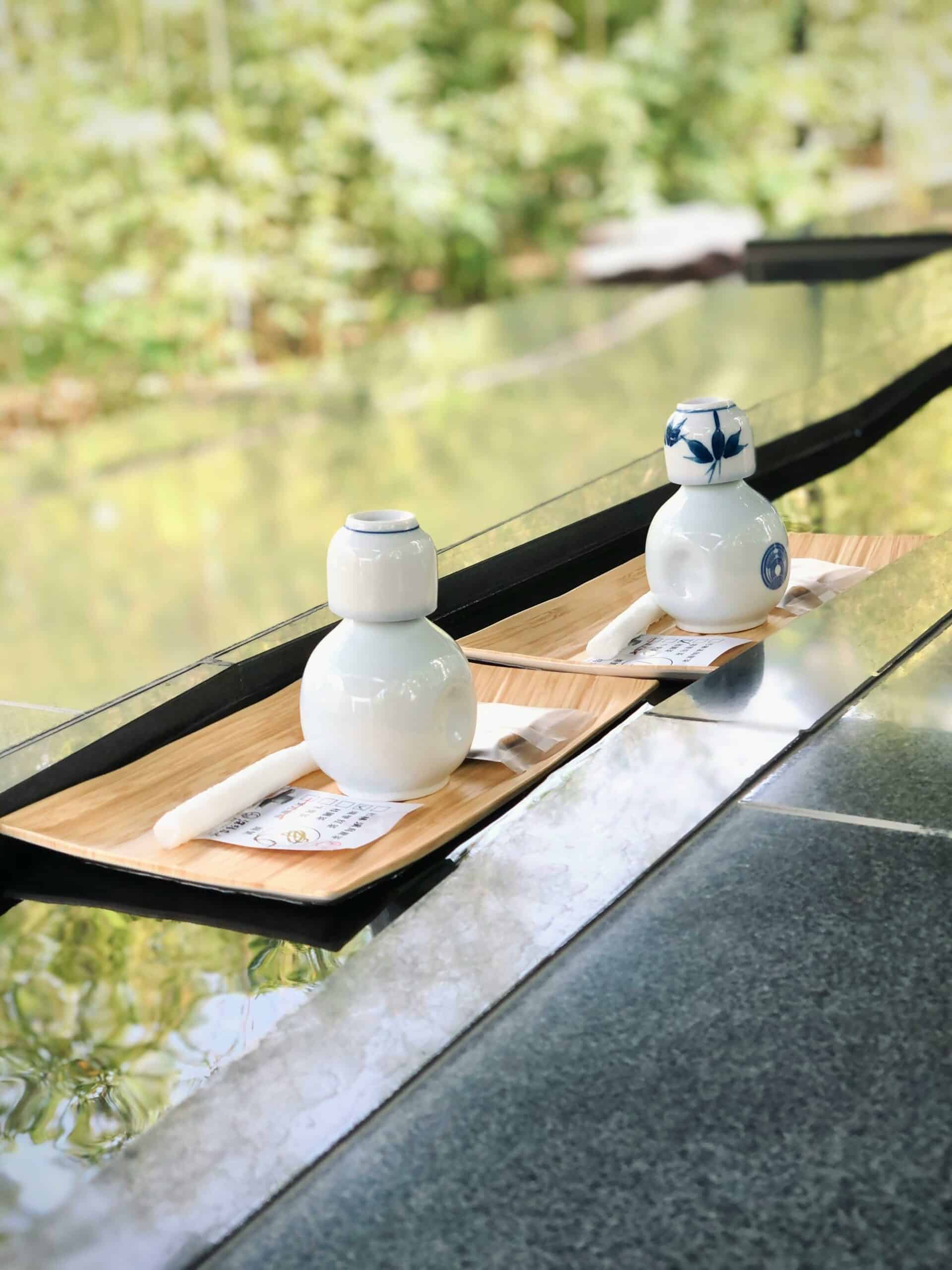
🌾 Cultural Significance of Makgeolli
Korean Cuisine and Customs
Makgeolli, a traditional Korean alcoholic drink with its smooth and slightly tangy flavor, is often consumed alongside hearty Korean dishes like kimchi and jeon (savory pancakes), as it complements the spicy and fermented foods that are staples in Korean cuisine.
In Korea, makgeolli is a communal drink, typically served in large bowls and shared among people, a custom that promotes togetherness and bonding while reflecting the social values deeply embedded in Korean culture.
Farmers historically drank it to gain strength during their breaks, and today, it's enjoyed in casual settings for its refreshing and appetite-enriching qualities.
Rituals and Celebrations
Makgeolli plays a vital role in Korean rituals and celebrations, as it is offered during ancestral rites to show respect to ancestors and is believed to connect families with their heritage.
Festivals in Korea frequently feature makgeolli, as it’s served during Chuseok (Korean harvest festival) and various cultural events, symbolizing abundance and joy. People gather to share meals and enjoy makgeolli, which adds a festive spirit to the occasion.
The drink is humorously called 'ajeunbaengi sul,' meaning 'a liquor that keeps you seated,' because of its mild nature, making it suitable for long social gatherings without strong intoxicating effects. By playing a role in such diverse aspects of life, makgeolli demonstrates its deep-rooted cultural significance in Korea.
🏺 Production Process of Makgeolli
Traditional Brewing Methods
Traditionally, makgeolli is made at home using a simple yet precise recipe that combines rice, water, and nuruk, a fermentation starter made from wheat, barley, or other grains.
Soak the Rice: Depending on the type of rice, soaking times vary. Sweet rice is soaked for 2 hours, short-grain rice for 3 hours, and brown rice overnight. Water needs to be changed every 8 hours.
Steam the Rice: After soaking, the rice is steamed until it's fully cooked.
Mix with Nuruk: Once cooled, the rice is mixed with nuruk and water. This mixture is then left to ferment for about a week.
Fermentation Process: The fermentation happens at room temperature, creating a milky, lightly fizzy liquid. The mix is stirred daily to ensure even fermentation.
Modern Commercial Production
Modern commercial production of makgeolli scales up the traditional methods and often includes additional steps to ensure consistency and quality.
Industrial Soaking and Steaming: Large-scale operations soak and steam rice in massive batches. Precise control of these steps ensures uniformity.
Controlled Fermentation: In commercial settings, fermentation occurs in stainless steel tanks where conditions like temperature and humidity are tightly controlled. This results in a more consistent product.
Filtering and Pasteurization: Once fermentation is complete, the mixture is filtered to remove solids. Some commercial producers also pasteurize the final product to extend shelf life, though this can alter the taste.
Packaging: Finally, the makgeolli is bottled and sealed. Some brands also add carbonation for extra fizz.
Traditional methods often result in a more varied flavor, while modern commercial techniques focus on consistency and longer shelf-life.
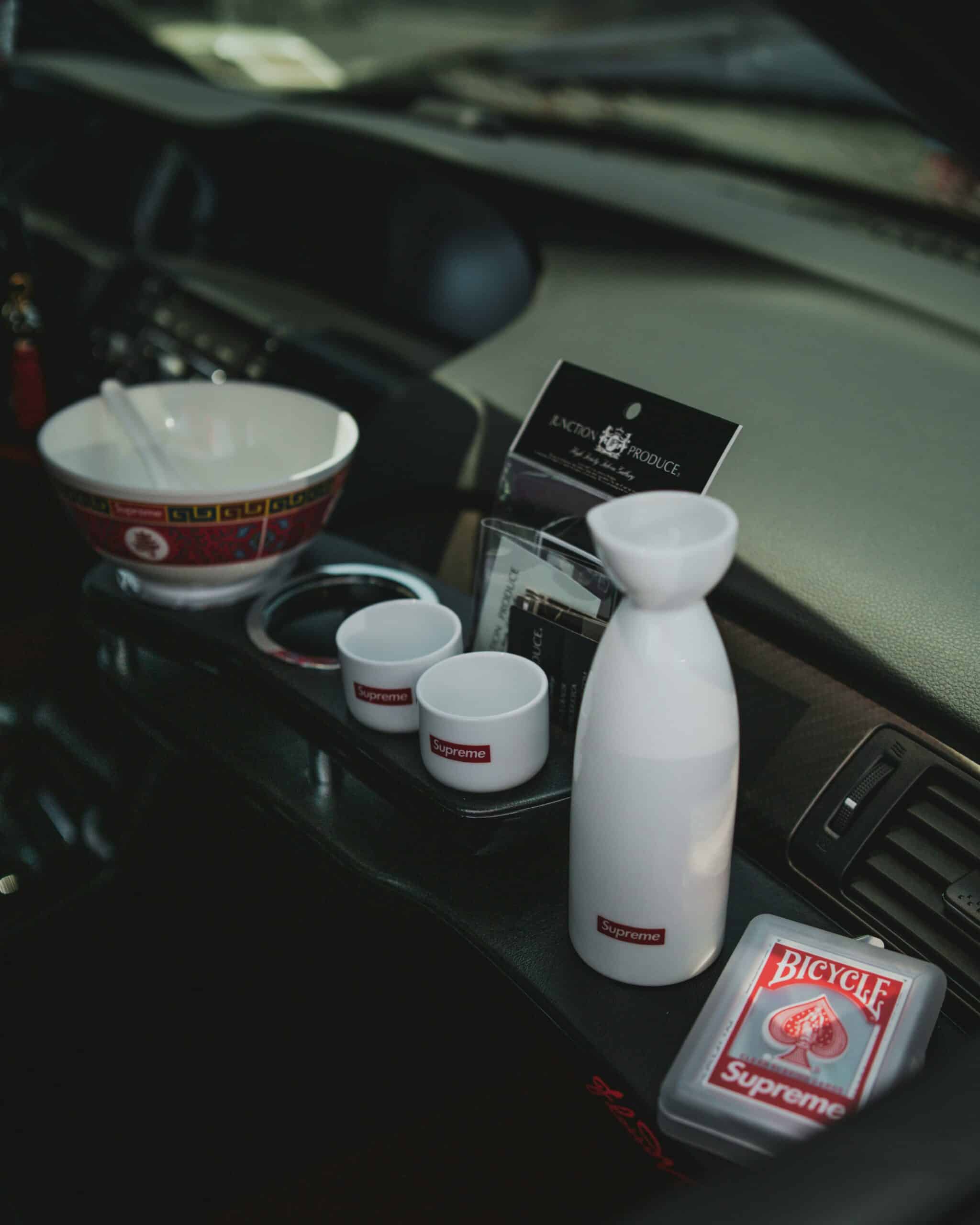
🥃 Varieties and Flavors of Makgeolli
Regional Variations
Different regions in Korea have their own take on makgeolli. In the countryside, it’s common to find rustic versions made with local grains and traditional methods. These often have a thicker texture and a more pronounced flavor.
- Seoul: In the capital, makgeolli tends to be lighter and sweeter. It may also be less cloudy.
- Jeolla Province: Known for its rich, full-bodied makgeolli. They often use more rice, producing a stronger flavor.
- Gangwon Province: Versions here are famous for being quite dry, as they use less sugar during fermentation. This makes it less sweet than others.
Infused and Flavored Makgeolli
Beyond regional types, infused and flavored versions have become popular, often featuring fruits, grains, or even chestnuts to offer a wide range of taste experiences.
- Fruit-Infused: Some of the common options include bananas, peaches, and even exotic choices like persimmons. These add a sweet and sometimes tangy note.
- Grain-Infused: Brown rice adds a nutty flavor and a slightly different texture. Other grains can be used to introduce unique undertones.
- Special Infusions: Some varieties are mixed with chestnuts or other nuts, providing a rich and creamy finish. These can offer a distinctive experience for makgeolli lovers.
These different methods of making and flavoring makgeolli cater to various taste preferences, making it a versatile and exciting drink.
Serving and Consumption
Makgeolli, a smooth and milky rice wine, is often enjoyed cold and served in specific ways to enhance its unique flavor and texture.
How to Serve Makgeolli
Makgeolli is typically served in small bowls or cups, rather than traditional glasses, to capture the full aroma and taste of the drink, and it’s often poured from a pottery kettle that helps keep it chilly.
Before serving, gently shake or stir the bottle to mix the sediments and ensure an even distribution of flavors. When pouring, do so gently to avoid disturbing the settled particles too much.
Some prefer to let the sediments settle and pour out the clear liquid on top, creating a lighter drink that reduces the calorie count and offers a different taste experience.
Makgeolli is sometimes on draft at special bars that focus on maintaining the drink's freshness to achieve a smoother taste.
Drinking Etiquette
In Korean culture, pouring for others and receiving with both hands is a sign of respect, and this etiquette applies to makgeolli as well. If someone pours for you, it’s polite to hold your cup or bowl with both hands.
When drinking, it’s customary to turn your head slightly away from elders as a sign of respect, and sharing makgeolli often includes rounds of toasts, enhancing the communal feeling.
In makgeolli bars, traditional etiquette blends seamlessly with a modern atmosphere, bringing people of different ages together to enjoy the experience while maintaining a mix of respect and camaraderie.
Whether enjoyed in a casual home setting or a lively makgeolli bar, these practices enrich the experience by highlighting its cultural significance.
👨⚕️ Health and Nutrition
Nutritional Benefits
Makgeolli is rich in lactic acid bacteria, which are beneficial for the digestive system, helping to improve gut health and boost the immune system. The drink also contains Vitamin B and fiber, both essential for maintaining good health.
Vitamin B plays a role in energy production and red blood cell formation, while fiber aids in digestion and helps maintain optimal cholesterol levels. Since makgeolli is unfiltered, it retains more carbohydrates and nutrients compared to other rice wines, providing a moderate amount of calories.
The antioxidants present in the drink can combat free radicals, potentially reducing the risk of chronic diseases.
Potential Downsides
While makgeolli has many benefits, it’s important to note some potential downsides, as the drink contains a significant amount of carbohydrates and calories, which may not be suitable for those on a low-calorie diet.
Another concern is its alcohol content, typically around 6-8%, which, although lower than many other alcoholic drinks, can still impact liver health if consumed excessively. Additionally, some people may experience digestive discomfort due to the high levels of lactic acid bacteria.
Cholesterol levels may be impacted if makgeolli is consumed in large quantities, though this varies by individual, so it’s essential to enjoy it in moderation while keeping these potential downsides in mind.
🫙 Storage and Shelf Life
Storing makgeolli properly is crucial for maintaining its quality, as unpasteurized makgeolli should be refrigerated and consumed within a week of opening. Often bottled with natural fermentation still occurring, it can become fizzy if not kept cold.
Pasteurized makgeolli, on the other hand, can be stored at room temperature until opened, but once opened, it should be refrigerated and consumed within a few days. Look for the expiry date on the bottle, as this will give the best indication of how long it will stay fresh.
Keeping makgeolli upright in the fridge helps preserve its flavor and prevents leaks from any pressure buildup due to fermentation.
❓ Frequently Asked Questions
Makgeolli is pronounced as "mahk-GOH-lee." The emphasis is on the second syllable, making sure to pronounce the "g" softly.
Makgeolli usually has an alcohol content of 6-8% by volume. This makes it a lighter option compared to many other alcoholic beverages.
Makgeolli is often enjoyed with Korean pancakes (pajeon) and other savory dishes. It’s best served chilled in a bowl, which adds to the traditional experience.
Makgeolli is different from sake in several ways. It's thicker and has a more milky appearance. The fermentation process includes rice and nuruk, while sake uses polished rice and koji mold.

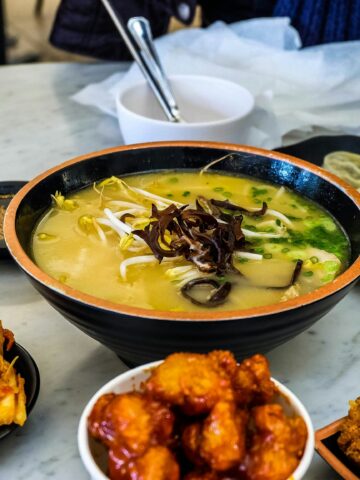
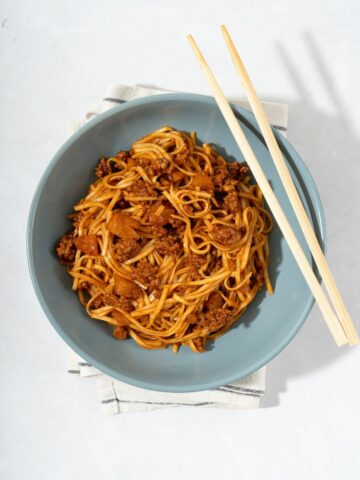

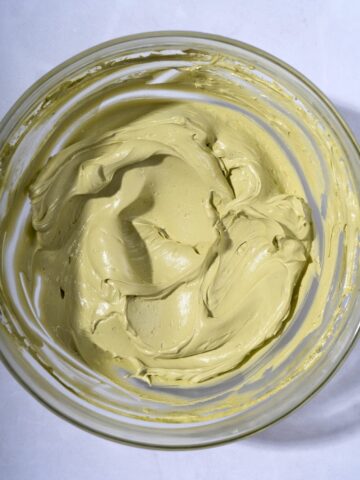
Comments
No Comments